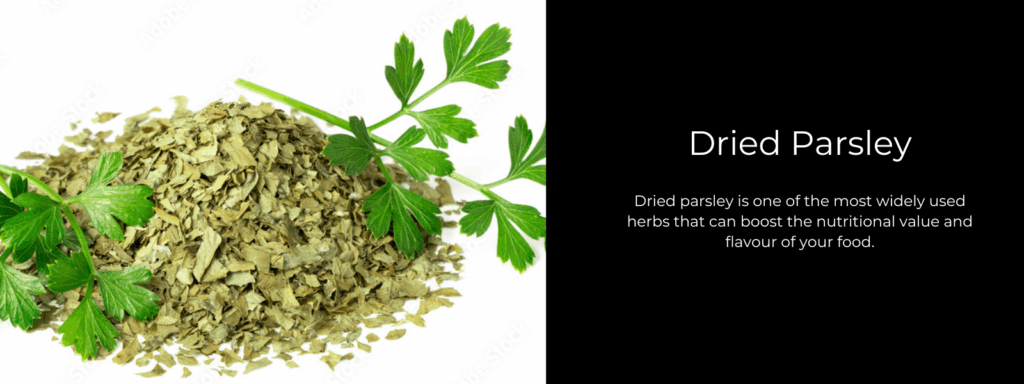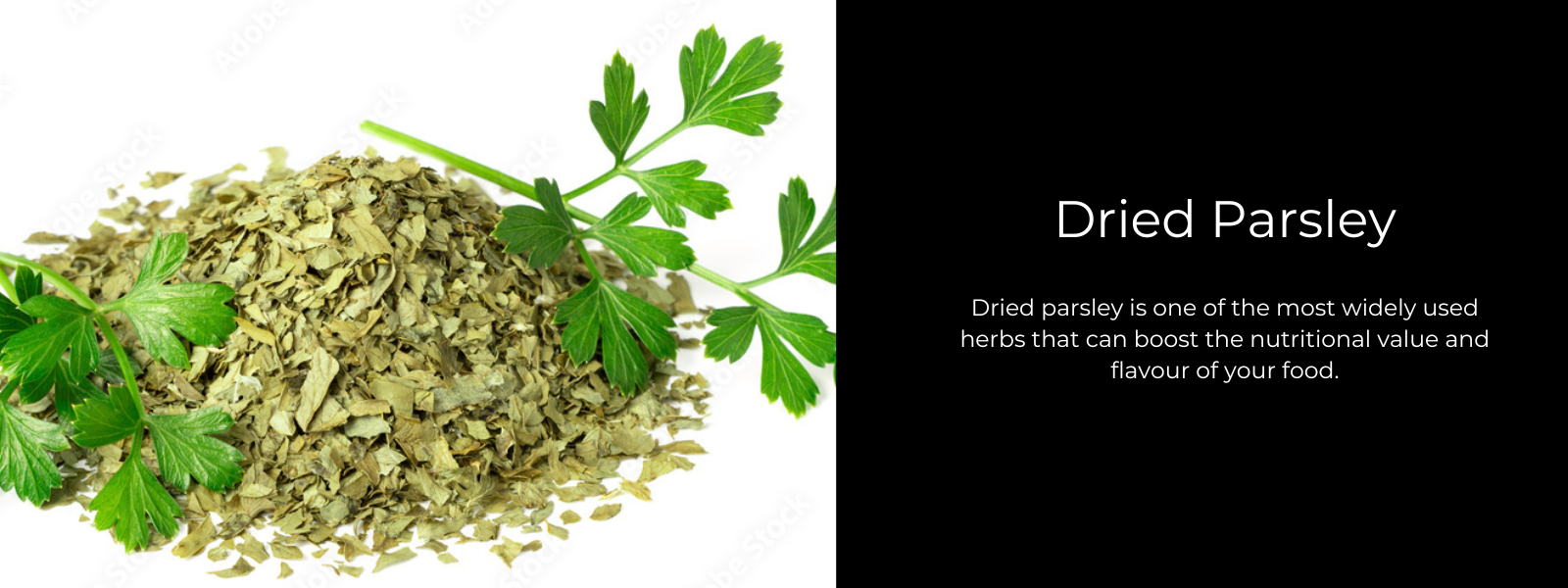
Unlocking Parsley: Exploring Its Diverse Uses and Health Benefits
Parsley, often relegated to a mere garnish, is a nutritional powerhouse with a rich history and a surprising array of culinary and medicinal applications. This vibrant green herb, scientifically known as Petroselinum crispum, has been cultivated for over two millennia, prized for its distinctive flavor and potential health-promoting properties. From its origins in the Mediterranean region to its widespread use in kitchens and traditional medicine cabinets around the globe, parsley offers a versatile and accessible way to enhance both our meals and our well-being. This article delves into the various parsley uses and the significant parsley benefits, providing a comprehensive overview of this often-overlooked herb.
A Brief History of Parsley
The story of parsley begins in the rocky Mediterranean landscapes, where it grew wild. Ancient Greeks and Romans valued it not only for its culinary uses but also for its symbolic significance. They associated parsley with victory and used it to adorn athletes and decorate tombs. In fact, the name “Petroselinum” comes from the Greek word “petros,” meaning “stone” or “rock,” reflecting its natural habitat. It wasn’t until the Middle Ages that parsley became a common culinary ingredient, gradually making its way into various European cuisines. Today, parsley is cultivated worldwide and is a staple in many dishes.
Culinary Uses of Parsley
Parsley‘s versatility shines brightly in the kitchen. Its fresh, slightly peppery flavor complements a wide range of dishes, from savory to even subtly sweet. Here are some popular culinary applications:
- Garnish: The most common use, adding a visual appeal and a touch of freshness to plates.
- Ingredient: Chopped parsley can be incorporated into salads, soups, stews, sauces, and marinades.
- Flavor Enhancer: Parsley brightens the flavor of meat, poultry, fish, and vegetable dishes.
- Base for Sauces: Parsley is a key ingredient in classic sauces like chimichurri and salsa verde.
- Herbal Tea: Dried parsley can be steeped in hot water to create a flavorful and potentially beneficial tea.
- Smoothies and Juices: A handful of parsley can be added to smoothies and juices for a nutritional boost.
There are two main types of parsley commonly used in cooking: curly parsley and flat-leaf (Italian) parsley. Curly parsley has a milder flavor and is often used as a garnish, while flat-leaf parsley has a more robust flavor and is preferred for cooking.
Nutritional Profile of Parsley
Beyond its culinary appeal, parsley boasts an impressive nutritional profile. It’s a rich source of vitamins, minerals, and antioxidants, contributing to overall health and well-being. Key nutrients found in parsley include:
- Vitamin K: Essential for blood clotting and bone health.
- Vitamin C: A powerful antioxidant that supports immune function and collagen production.
- Vitamin A: Important for vision, immune function, and cell growth.
- Folate (Vitamin B9): Crucial for cell division and DNA synthesis.
- Iron: Necessary for oxygen transport in the blood.
- Potassium: Helps regulate blood pressure and muscle function.
- Antioxidants: Including flavonoids and carotenoids, which protect against cell damage.
The specific nutrient content of parsley can vary depending on factors such as growing conditions and variety, but even a small serving provides a significant boost of essential vitamins and minerals.
Health Benefits of Parsley: Backed by Science
The nutritional richness of parsley translates into a range of potential health benefits. While more research is needed to fully understand the extent of these benefits, existing studies suggest that parsley may contribute to:
Improved Bone Health
Parsley is an excellent source of vitamin K, a nutrient crucial for bone health. Vitamin K plays a key role in bone formation and helps prevent bone loss, reducing the risk of osteoporosis and fractures. [See also: Vitamin K Rich Foods]
Enhanced Immune Function
The high vitamin C content in parsley supports a healthy immune system. Vitamin C is a powerful antioxidant that helps protect cells from damage caused by free radicals and boosts the production of white blood cells, which fight infection.
Reduced Risk of Chronic Diseases
Parsley is rich in antioxidants, including flavonoids and carotenoids, which have been linked to a reduced risk of chronic diseases such as heart disease, cancer, and type 2 diabetes. These antioxidants help neutralize free radicals, protecting cells from damage and inflammation.
Improved Digestion
Parsley has been traditionally used to aid digestion. It contains compounds that may help stimulate the production of digestive enzymes, promoting healthy digestion and reducing bloating and gas. [See also: Natural Remedies for Bloating]
Diuretic Properties
Parsley has diuretic properties, meaning it can help increase urine production. This can be beneficial for flushing out toxins from the body and reducing water retention. However, individuals with kidney problems should consult with a healthcare professional before using parsley as a diuretic.
Potential Anti-Cancer Effects
Some studies have suggested that parsley may have anti-cancer properties. It contains compounds such as apigenin, which has been shown to inhibit the growth of cancer cells in laboratory studies. However, more research is needed to confirm these effects in humans.
Skin Health
The vitamins and antioxidants in parsley can contribute to healthy skin. Vitamin C is essential for collagen production, which helps maintain skin elasticity and firmness. Antioxidants protect the skin from damage caused by free radicals, reducing the signs of aging.
How to Incorporate More Parsley into Your Diet
Adding parsley to your diet is easy and delicious. Here are a few simple ways to incorporate more of this nutritious herb into your meals:
- Sprinkle chopped parsley on salads, soups, and stews.
- Add parsley to omelets, frittatas, and quiches.
- Use parsley as a garnish for grilled meats, poultry, and fish.
- Blend parsley into smoothies and juices.
- Make parsley pesto or chimichurri sauce.
- Add parsley to homemade salad dressings.
- Use parsley as a flavoring agent in rice and pasta dishes.
Potential Side Effects and Precautions
While parsley is generally safe for most people, there are a few potential side effects and precautions to consider:
- Pregnancy: Pregnant women should avoid consuming large amounts of parsley, as it may stimulate uterine contractions.
- Blood Thinners: Parsley is high in vitamin K, which can interfere with blood-thinning medications. Individuals taking blood thinners should consult with their doctor before consuming large amounts of parsley.
- Allergies: Some people may be allergic to parsley. Allergic reactions can range from mild skin irritation to more severe symptoms such as difficulty breathing.
- Kidney Problems: Individuals with kidney problems should consult with a healthcare professional before using parsley as a diuretic.
Conclusion: Parsley – More Than Just a Garnish
Parsley is far more than just a garnish; it’s a nutrient-rich herb with a wide range of culinary and potential health benefits. From its historical significance to its versatile culinary applications and impressive nutritional profile, parsley deserves a prominent place in our kitchens and our diets. By incorporating more parsley into our meals, we can enjoy its delicious flavor and reap its numerous health-promoting properties. So, the next time you see a sprig of parsley, don’t just push it aside – embrace its potential and unlock the many parsley uses and benefits it has to offer. Remember to consult with a healthcare professional or registered dietitian for personalized advice on incorporating parsley into your diet, especially if you have any underlying health conditions or are taking medications.

